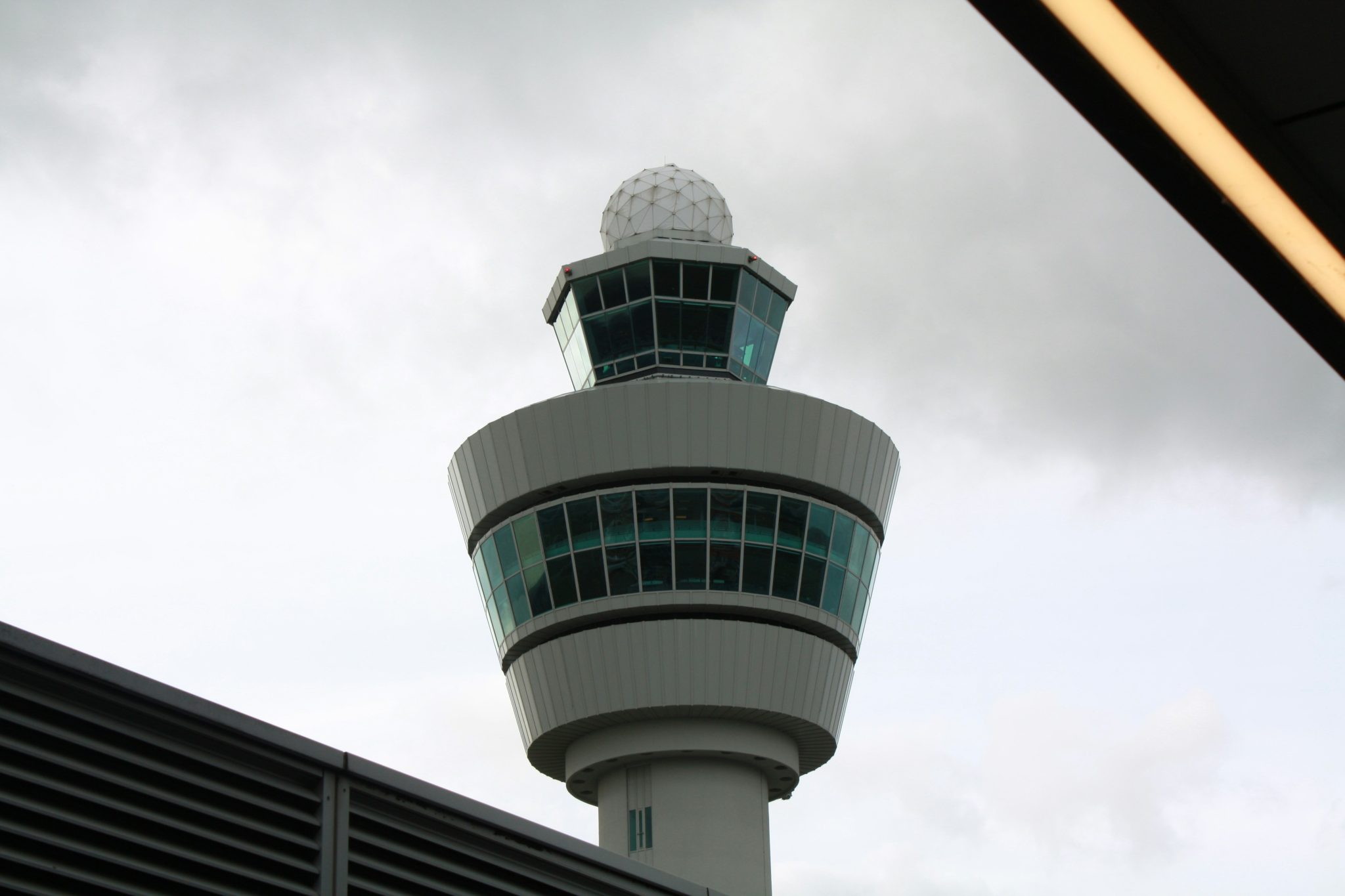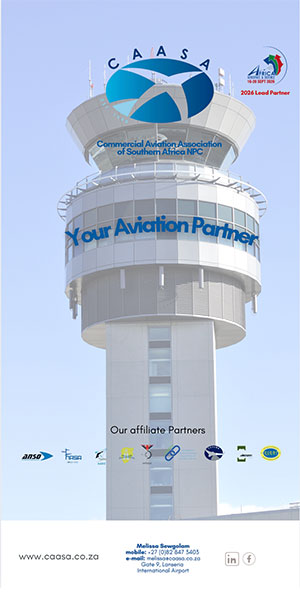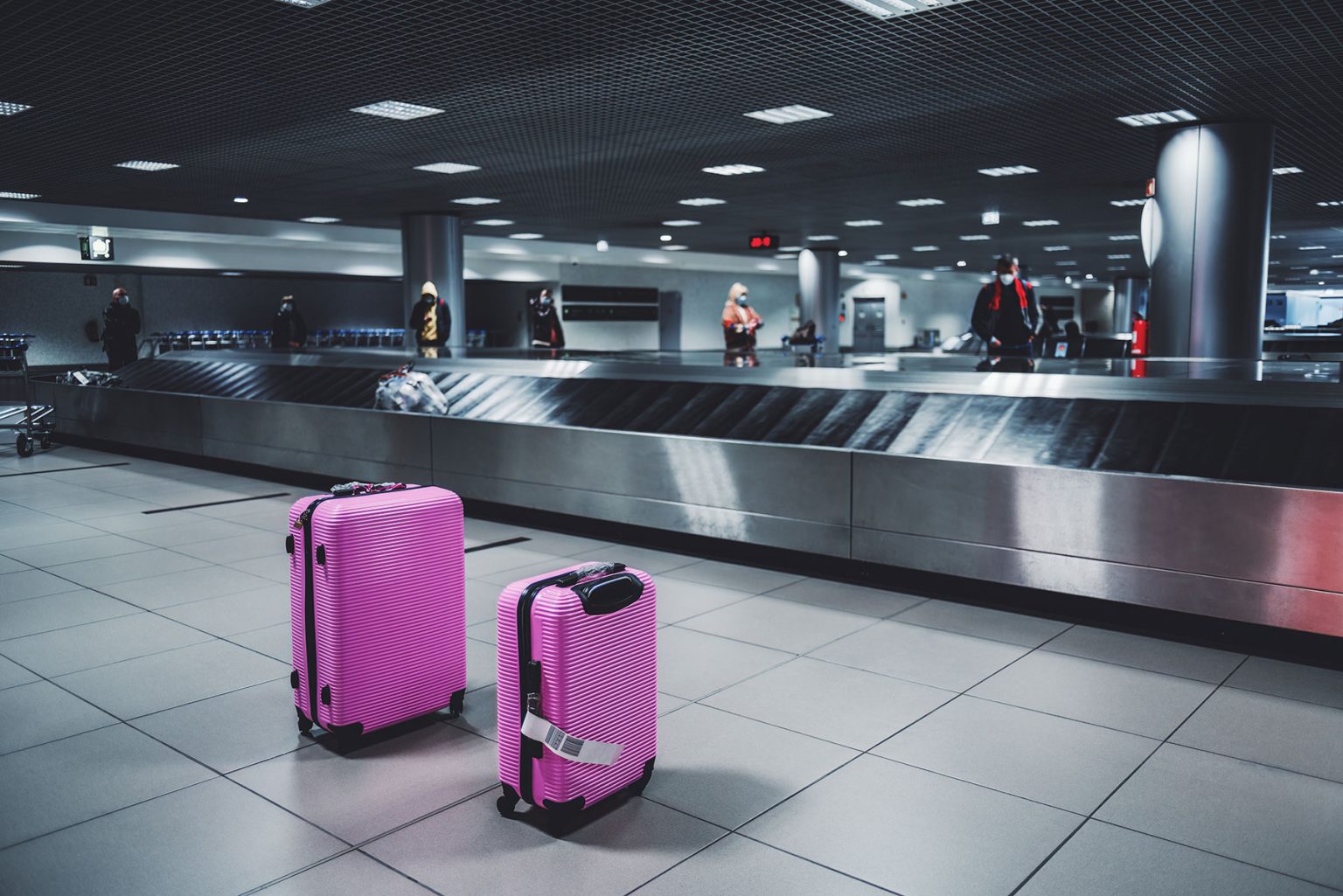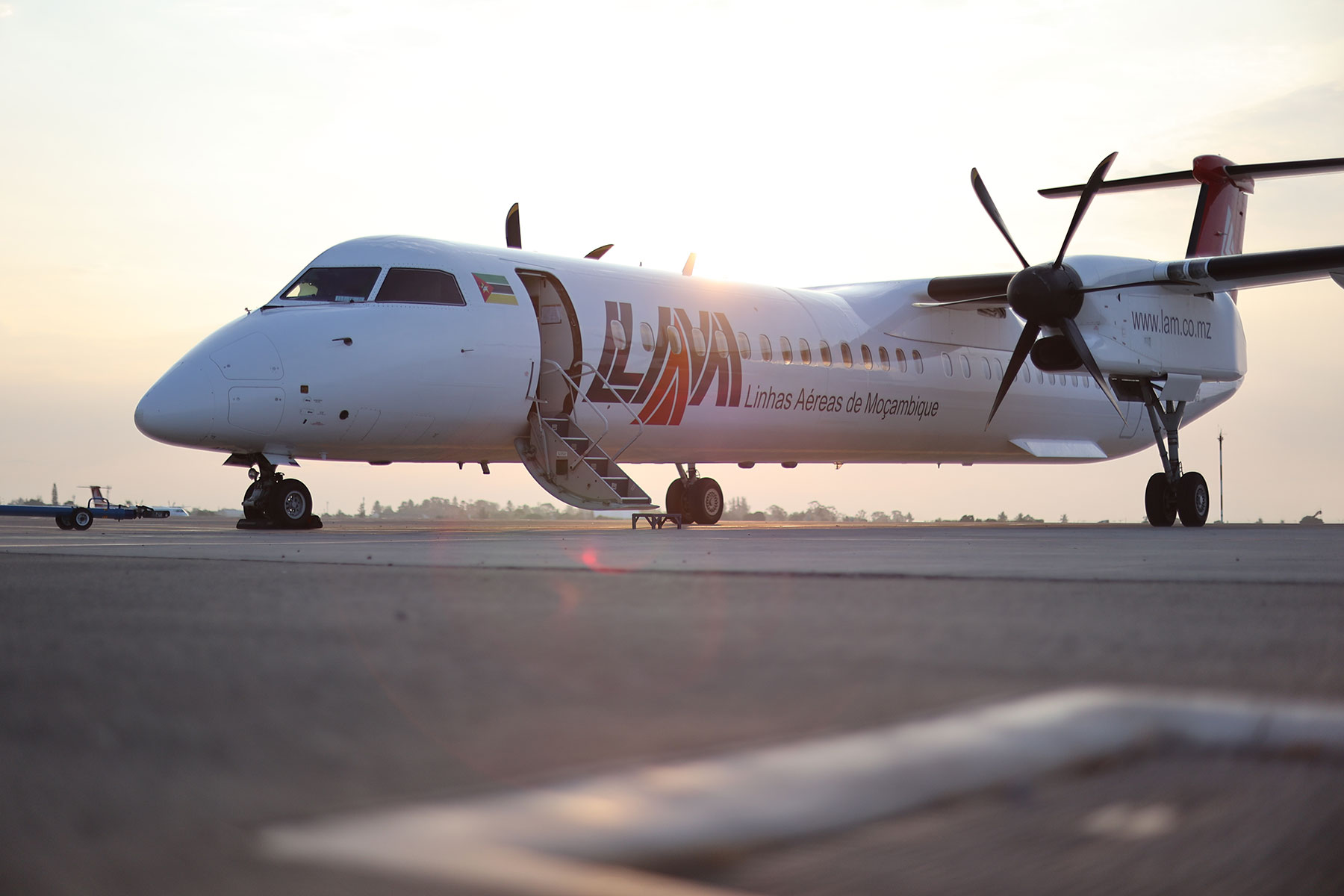Africa’s aviation leaders have recently called to “democratise and liberate” the continent’s skies, with the backdrop of severe mismanagement and ATNS chaos threatening future disruptions. With the turbulence facing South Africa’s airspace management system laying bare the fragility of the region’s aviation infrastructure, the bold interventions urged by the Airlines Association of Southern Africa (AASA) can no longer wait.
Speaking at AASA’s 55th Annual General Assembly in Lusaka last week, CEO Aaron Munetsi challenged the industry to shed decades of underperformance and inertia.
“Aviation is not a luxury, it is an economic lifeline,” Munetsi declared. “If governments genuinely want to democratise air transport, they should remove excessive charges and reform outdated practices that make air travel unaffordable and inefficient.”
Munetsi’s rallying cry, for harmonised safety standards, stronger governance, open markets, and investment in infrastructure, was timely. Even as AASA was meeting in Zambia, the region’s busiest aviation market was still grappling with one of the most disruptive technical crises in its modern airspace history.
The ATNS Crisis
In mid-2024, South Africa’s Air Traffic and Navigation Services (ATNS) suspended over 300 instrument flight procedures (IFPs) at multiple airports after failing to meet revalidation and maintenance deadlines mandated by the Civil Aviation Authority (SACAA). This forced many flights to operate visually, reducing reliability at smaller airports and causing disruptions for carriers like Airlink, CemAir, and FlySafair.
The suspension led to higher fuel costs, diversions, extended crew hours, and increased maintenance, costing airlines millions and harming competitiveness. Poor weather cancellations further strained schedules and reputations.
A government review in March 2025 highlighted systemic issues at ATNS: shortages of qualified staff, outdated data systems, weak coordination with SACAA, and slow regulatory processes. In response, Transport Minister Barbara Creecy ordered governance overhauls, rapid hiring, and a nationwide IFP Maintenance Programme. Priority airports like OR Tambo, Cape Town, and King Shaka are being addressed first, but full restoration of all procedures is expected only by late 2025. Temporary extensions and alternate compliance measures are being used in the interim.
A Microcosm of a Continental Problem
For industry observers, South Africa’s IFP crisis is more than a localised failure, it is symptomatic of broader structural weaknesses across the continent’s aviation ecosystem.
AASA has long warned that fragmented regulation, protectionist policies, and under-resourced air navigation systems are holding Africa back. Despite accounting for 1.4 billion people and the world’s youngest population, the continent commands just 2.2 percent of global air traffic.
Munetsi argues that such underperformance is not inevitable but a product of inconsistent regulatory frameworks, inadequate investment, and a lack of collaboration among states and service providers.
“African aviation has been underestimated — especially by ourselves,” he told delegates in Lusaka. “It’s time to prove that African carriers can hold their own globally.”
The Stakes for Regional Connectivity
Reliable air navigation infrastructure is critical to the success of the Single African Air Transport Market (SAATM), the African Union’s flagship liberalisation initiative. Without it, the goal of seamless intra-African connectivity remains out of reach.
Analysts warn that episodes like the ATNS suspensions risk undermining SAATM’s credibility. “Airspace management failures translate directly into reduced network reliability,” says one regional airline executive. “If flights cannot operate consistently, investors and passengers lose faith.”
The disruptions also have economic ripple effects, constraining tourism, trade, and logistics, sectors that depend on predictable flight schedules and safe operating conditions.
Rebuilding Trust and Competence
ATNS’s leadership has publicly committed to “restoring confidence in South Africa’s skies,” acknowledging the reputational damage caused by the suspensions. The agency says it is investing in digital systems, international technical partnerships, and accelerated training for flight procedure designers.
Yet industry patience is wearing thin. Many carriers argue that the crisis illustrates why governance reform must extend beyond individual institutions to encompass the entire regulatory value chain, from safety oversight and airspace design to airport infrastructure and policy implementation.
“This is precisely what AASA means when it talks about shared responsibility,” one airline CEO told Aviation Africa Weekly. “We can’t transform aviation on the continent if our own systems remain vulnerable to bureaucratic failure.”
Looking Ahead
The AASA conference may have provided the rhetoric, but the ATNS crisis has provided the reality check. Both underscore that Africa’s aviation future depends on competence, coordination, and accountability as much as on vision.
With global passenger traffic rebounding and new African carriers emerging, the window for reform is narrow but still open. If the lessons from South Africa’s airspace disruption lead to stronger systems and regional collaboration, then the turbulence of 2024–2025 might yet serve as a turning point, not a cautionary tale.
“African aviation’s success depends on collaboration and shared responsibility,” Munetsi concluded. “Only by working together can we ensure Africa’s aviation sector finally takes off and becomes far more than a two-percent player in the global market.”













